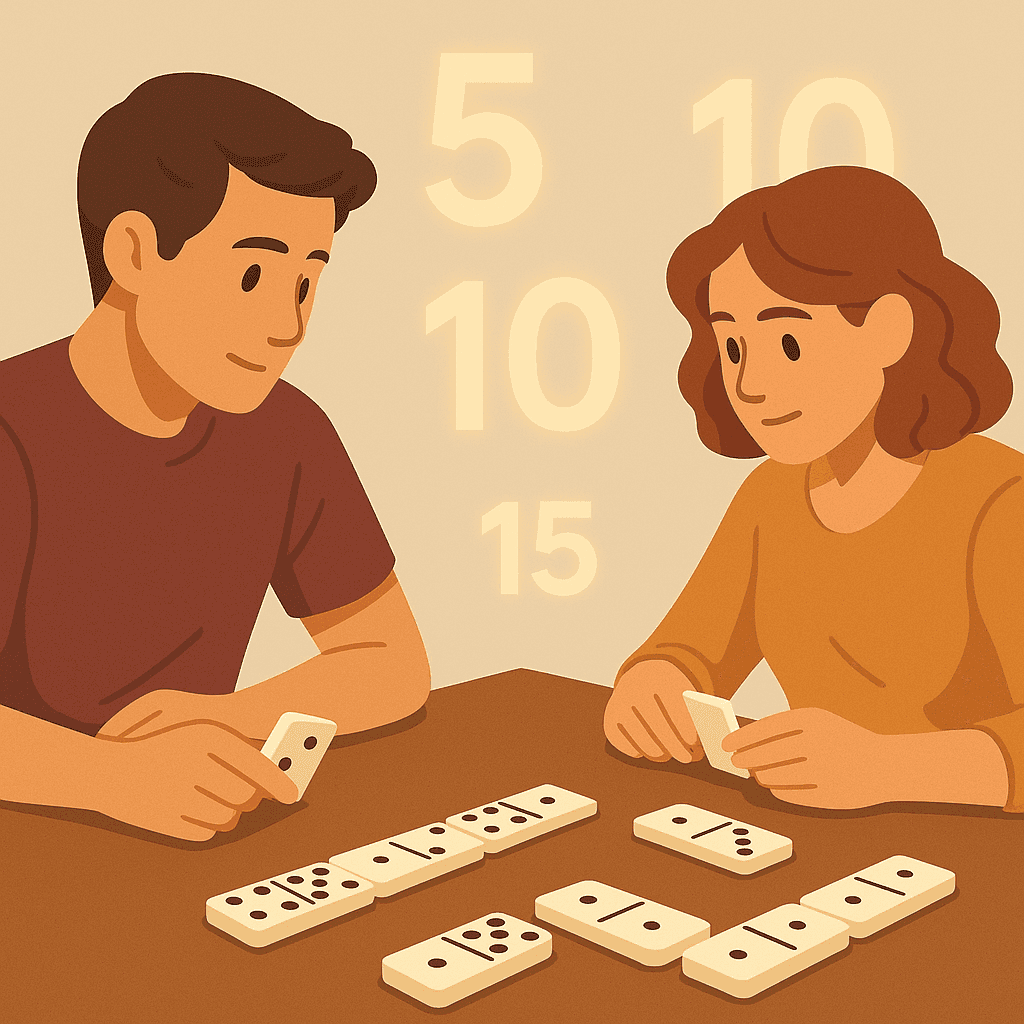
Domino Around the World – Regional Differences
Dominoes may seem like a simple game, but the way it is played can look very different depending on where in the world you are. From pub games in the UK to competitive tournaments in the Caribbean and traditional Chinese sets, regional differences have shaped unique styles and rules. This article explores how dominoes have travelled across the globe and how local cultures have influenced the way the game is enjoyed today.
Created By Adam Davis Fernsby
The Global Journey of Dominoes
Dominoes have a long history that stretches back centuries. The game is believed to have originated in China during the 13th century, where it was used both for entertainment and as a representation of dice combinations. By the 18th century, dominoes had reached Europe, first appearing in Italy and later spreading to France and other countries. From there, it travelled across the globe.
As dominoes spread, the way the game was played also evolved. Different cultures adapted the rules to fit their own traditions and preferences, which is why today there are many distinct versions of the game. To understand these variations, it helps to first look at the basic Domino Rules, which form the foundation for most regional adaptations.
Dominoes in Europe
In Europe, dominoes became a popular pastime in cafés, taverns and social gatherings.
United Kingdom – pub games and traditional rules
In the UK, dominoes are often played as simple block or draw games with a double-six set. The emphasis is less on complex scoring and more on the social aspect of play. To this day, dominoes are still enjoyed in pubs, especially in northern England.
Spain and Italy – cultural significance
In southern Europe, dominoes have historically been a family game, often played during holidays or in community settings. While the rules are similar to those in the UK, the cultural value of the game is more pronounced, with tournaments and local traditions keeping it alive.
Dominoes in the Americas
Across the Americas, dominoes have developed unique identities.
United States – scoring-based variants
In the US, dominoes are closely associated with scoring games such as All Fives and Mexican Train. Larger sets like double-nine or double-twelve are common, allowing for more players and extended rounds. Scoring is often based on multiples of five, which adds a layer of strategy beyond simple tile matching.
Latin America and the Caribbean – social and competitive traditions
In Cuba, Puerto Rico, the Dominican Republic and other Caribbean nations, dominoes hold a special place in daily life. The game is often played outdoors, in clubs, or as part of festivals, and competition can be fierce. Regional tournaments attract serious players, and the game is regarded as both entertainment and a cultural staple.
Dominoes in Asia
Dominoes originated in China, where traditional sets include 32 tiles. Unlike the Western version, Chinese dominoes are often linked to gambling games and can resemble card or dice games in structure. These versions typically have different rules and are less focused on blocking or scoring in the Western sense.
Comparing Regional Rules
A quick overview of some of the main differences:
| Region | Common set | Popular variant | Distinctive features |
|---|---|---|---|
| UK | Double-six | Block/Draw | Played in pubs, focus on social play |
| USA | Double-nine | All Fives, Mexican Train | Scoring based on multiples of five |
| Caribbean | Double-six | Block/Draw | Strongly social, often competitive |
| China | Double-32 | Traditional Chinese domino | Rules closer to dice or gambling games |
Why Rules Differ Across Regions
The differences in rules largely reflect cultural context. In some places, dominoes evolved as a social pub game; in others, as a competitive pastime or even a gambling activity. The size of the sets used, the focus on scoring, and even the number of players are shaped by local customs.


